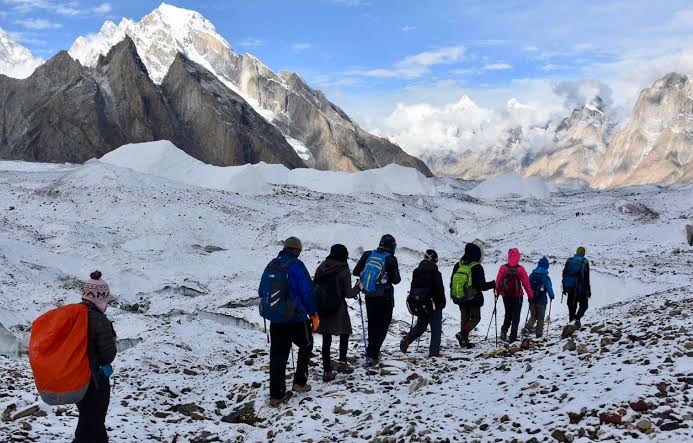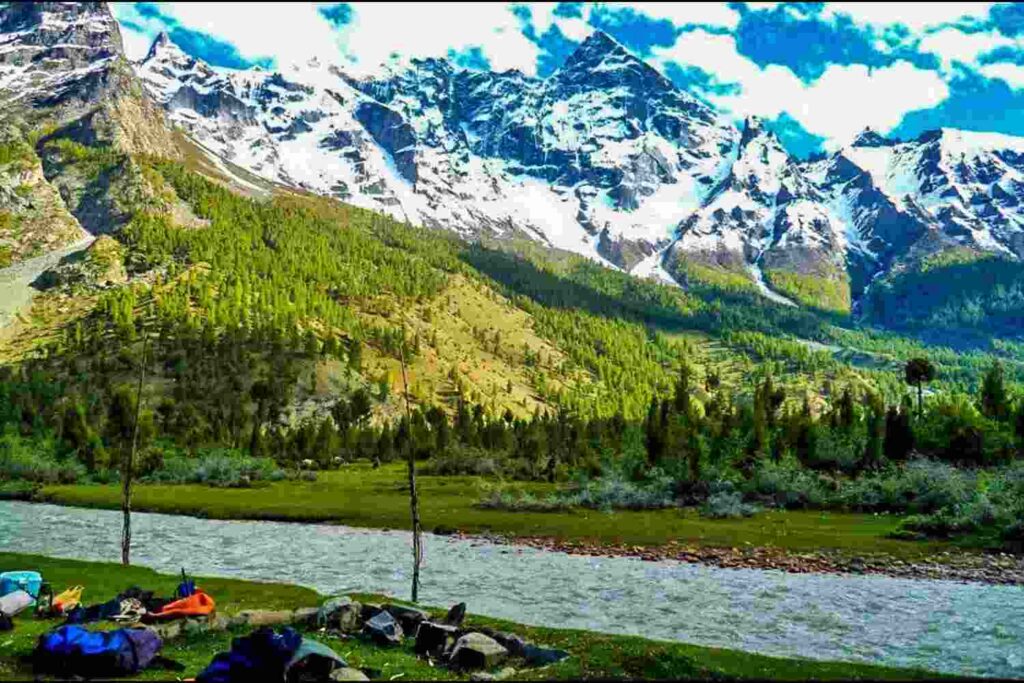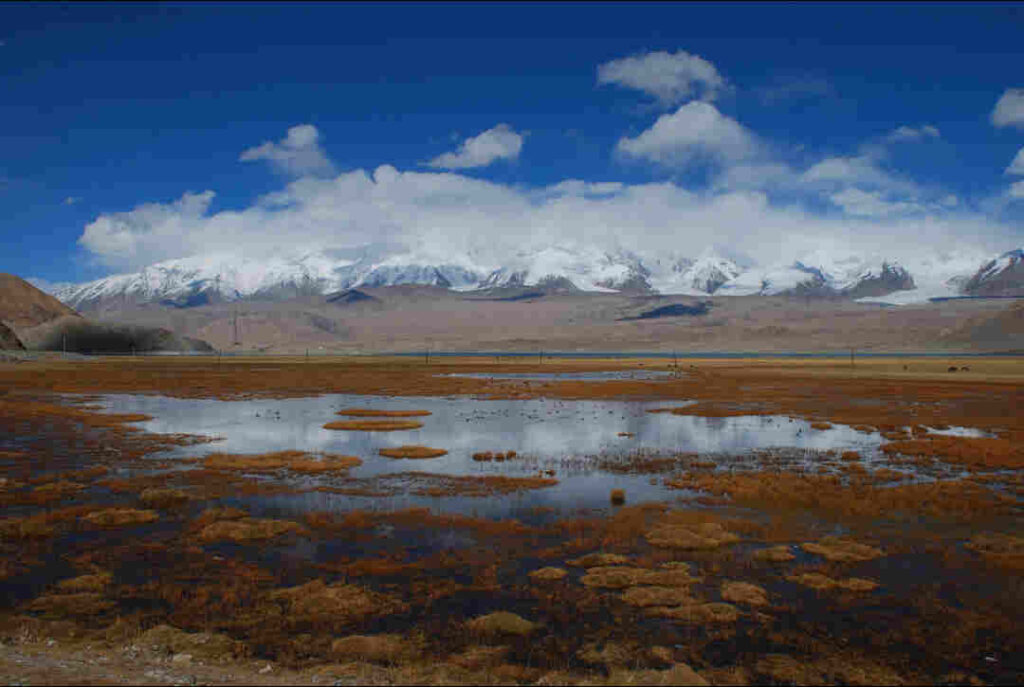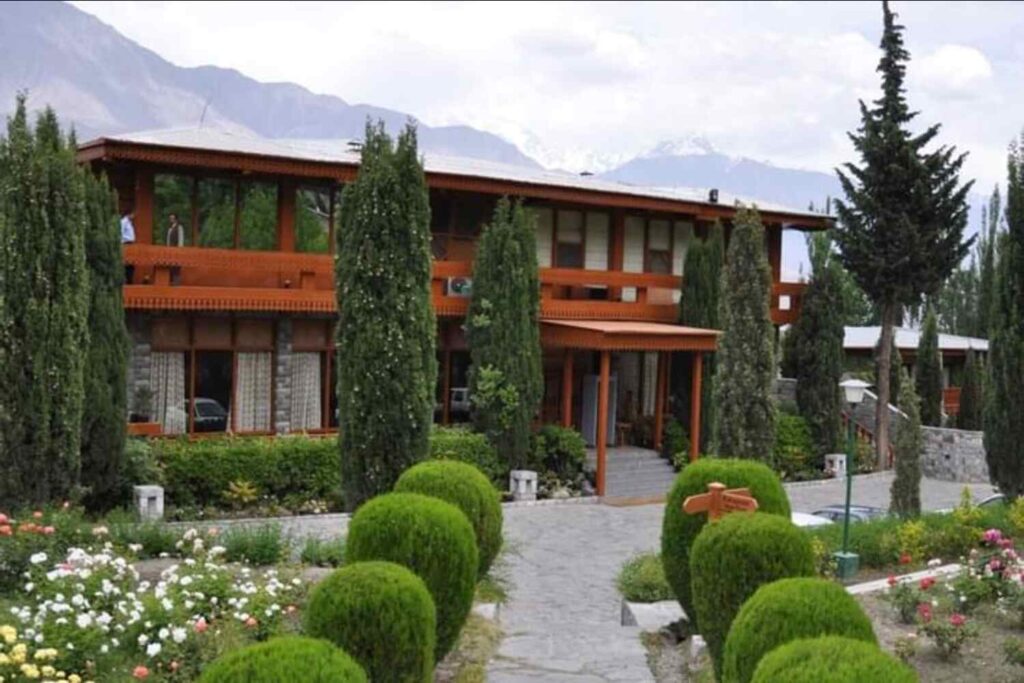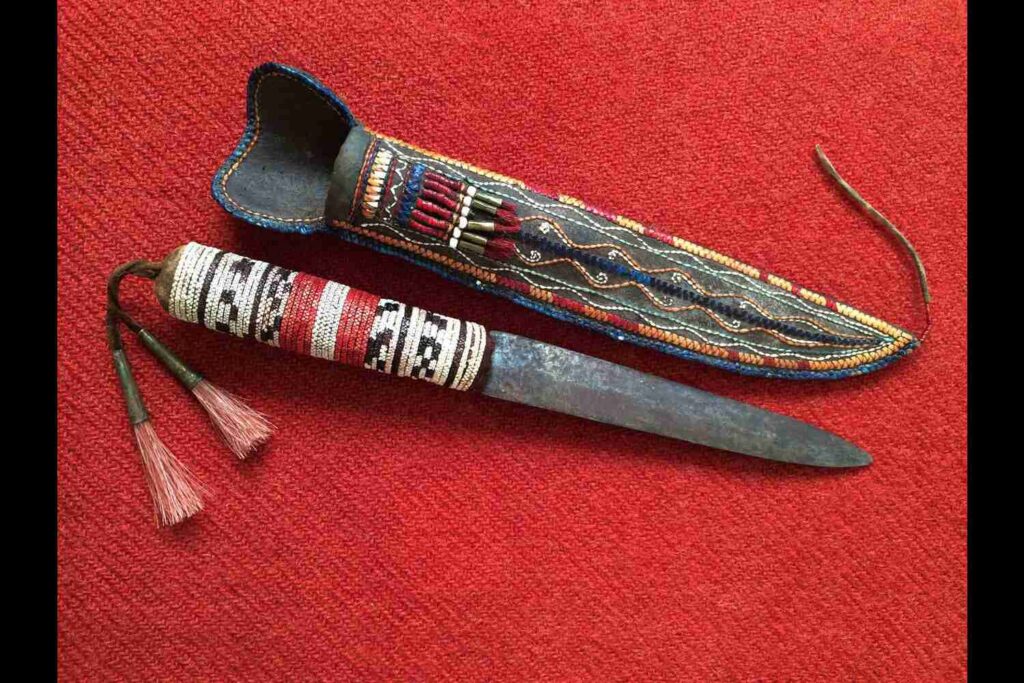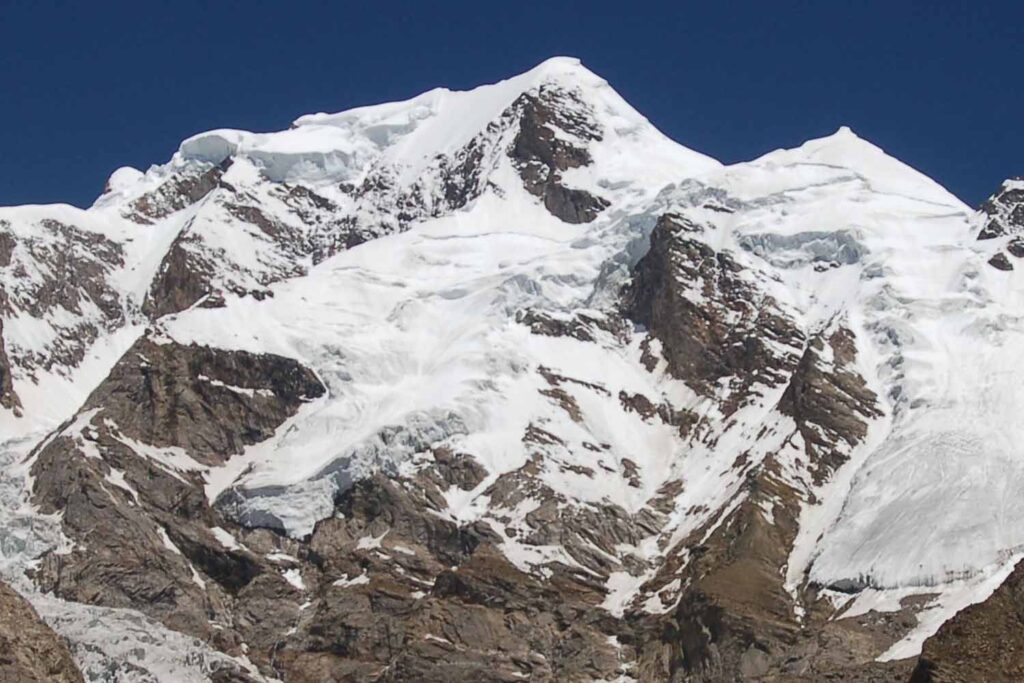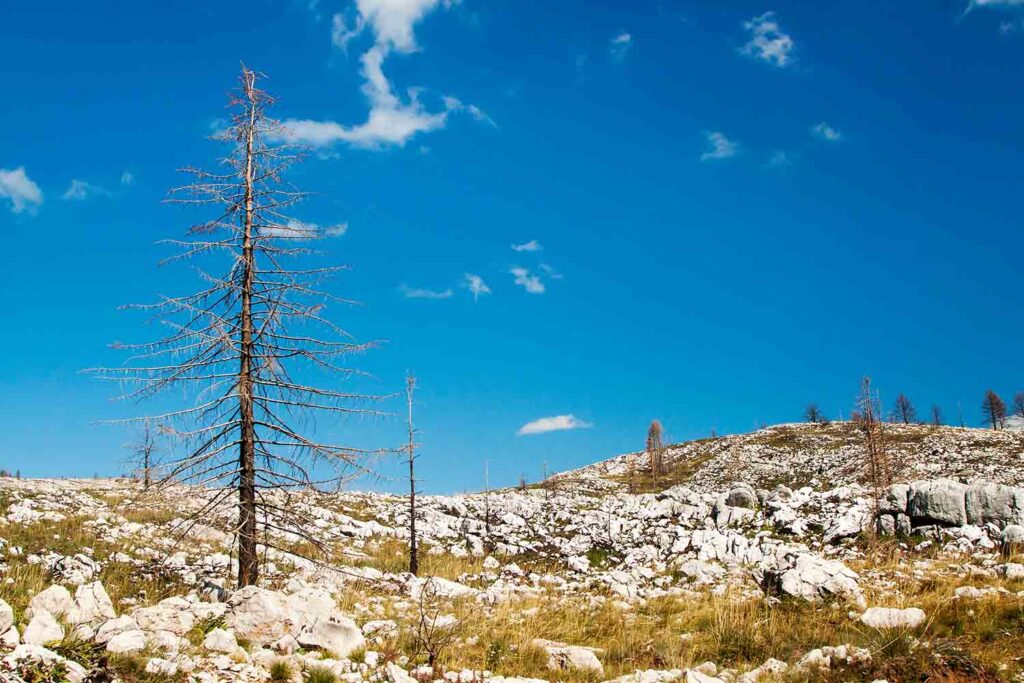Himalayan White Granite: Availability and Extraction

Himalayan White Granite is a type of granite that is quarried from the mountains of the Himalayas. The stone has a white base with black and gray veining throughout, making it a popular choice for a wide range of applications. In this article, we will take a closer look at Himalayan White Granite, its uses, availability, and the method used to extract it from quarries.
Himalayan White Granite Uses
Its is a versatile stone that is used in a variety of applications due to its durability and low maintenance. One of the most common uses of this stone is for kitchen countertops. Its white background and unique veining give it a sophisticated and elegant look that complements any kitchen design. It is also a popular choice for bathroom vanities, flooring, and wall cladding.
In addition to indoor applications, the stone is also used in outdoor spaces such as patios, walkways, and pool surrounds. Its natural strength and durability make it an excellent choice for outdoor use, as it can withstand exposure to the elements without showing signs of wear and tear.
Himalayan White Granite Availability
Himalayan White Granite is primarily found in the Himalayan mountain range, which spans several countries in South Asia, including India, Nepal, Bhutan, Pakistan, and China. The availability of the stone can vary depending on the country and region it is being sourced from. However, overall, it is a relatively rare type of granite, which makes it a more expensive option compared to other types of granite.
In Pakistan, the White Granite is found in the northern areas of the country, particularly in the region of Gilgit-Baltistan. The stone is extracted from quarries in the mountains, which are often located at high altitudes and difficult to access.
Himalayan White Granite Extraction Method
The extraction of Himalayan White Granite is a complex process that requires specialized equipment and skilled labor. The first step in the extraction process is to locate a suitable quarry site. Once a suitable site has been identified, the quarry is established, and the process of extracting the stone begins.
The extraction is typically done using a combination of drilling, blasting, and cutting techniques. The stone is first drilled using specialized drilling equipment, which creates holes in the rock. Explosives are then placed in the holes, and the rock is blasted apart. After the rock has been blasted, the pieces of granite are transported out of the quarry using heavy machinery.
Once the blocks of granite have been extracted from the quarry, they are transported to a processing facility where they are cut and polished to the desired size and finish. The cutting and polishing process is done using specialized machinery that is designed to cut and shape the stone with precision.
Conclusion
Himalayan White Granite is a unique and beautiful type of granite that is prized for its white background and distinctive veining. It is a versatile stone that can be used in a wide range of applications, both indoor and outdoor. While the stone is primarily found in the Himalayan mountain range, it is also found in quarries in Pakistan, particularly in the region of Gilgit-Baltistan. The extraction is a complex process that requires specialized equipment and skilled labor.

 English
English 

